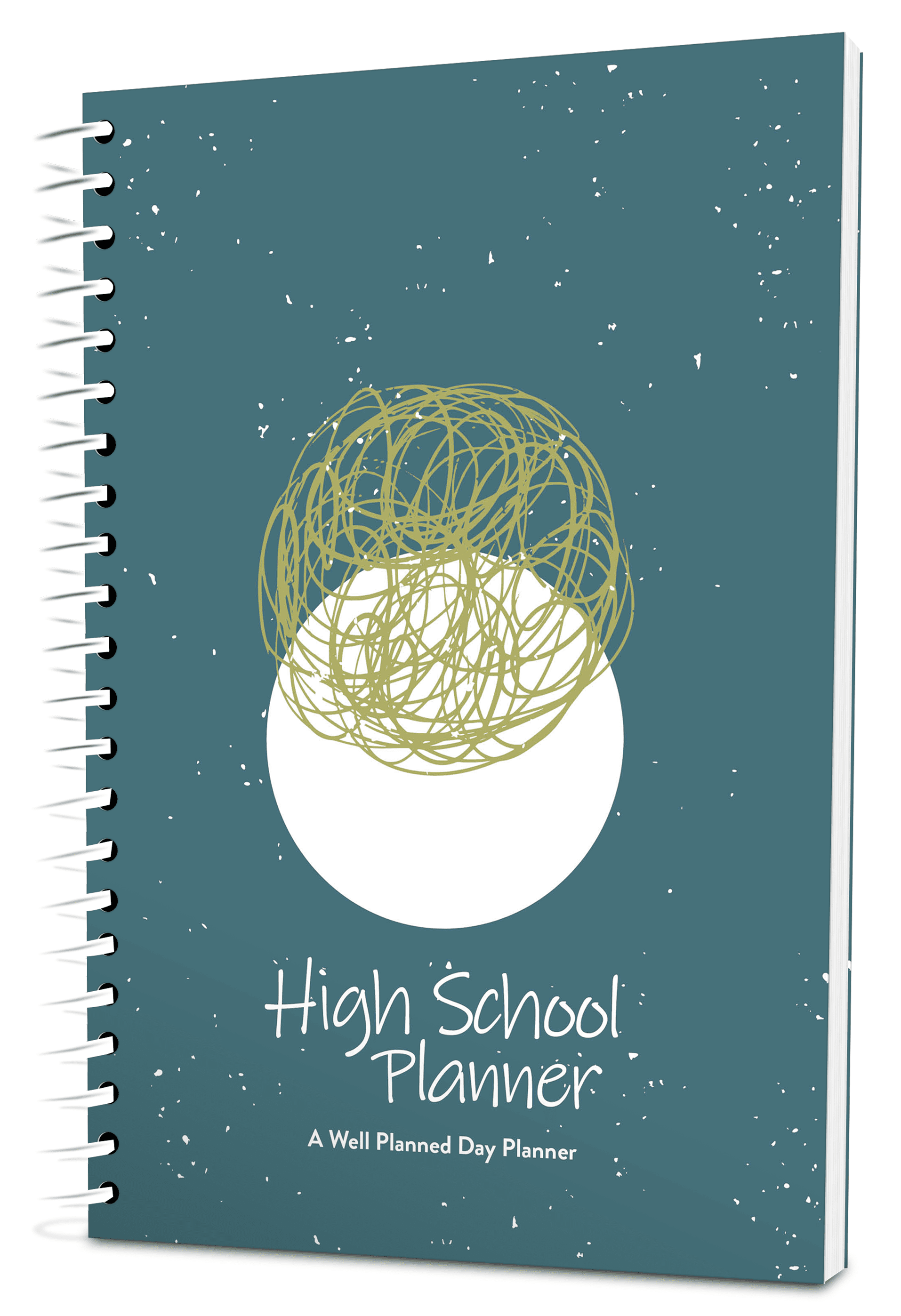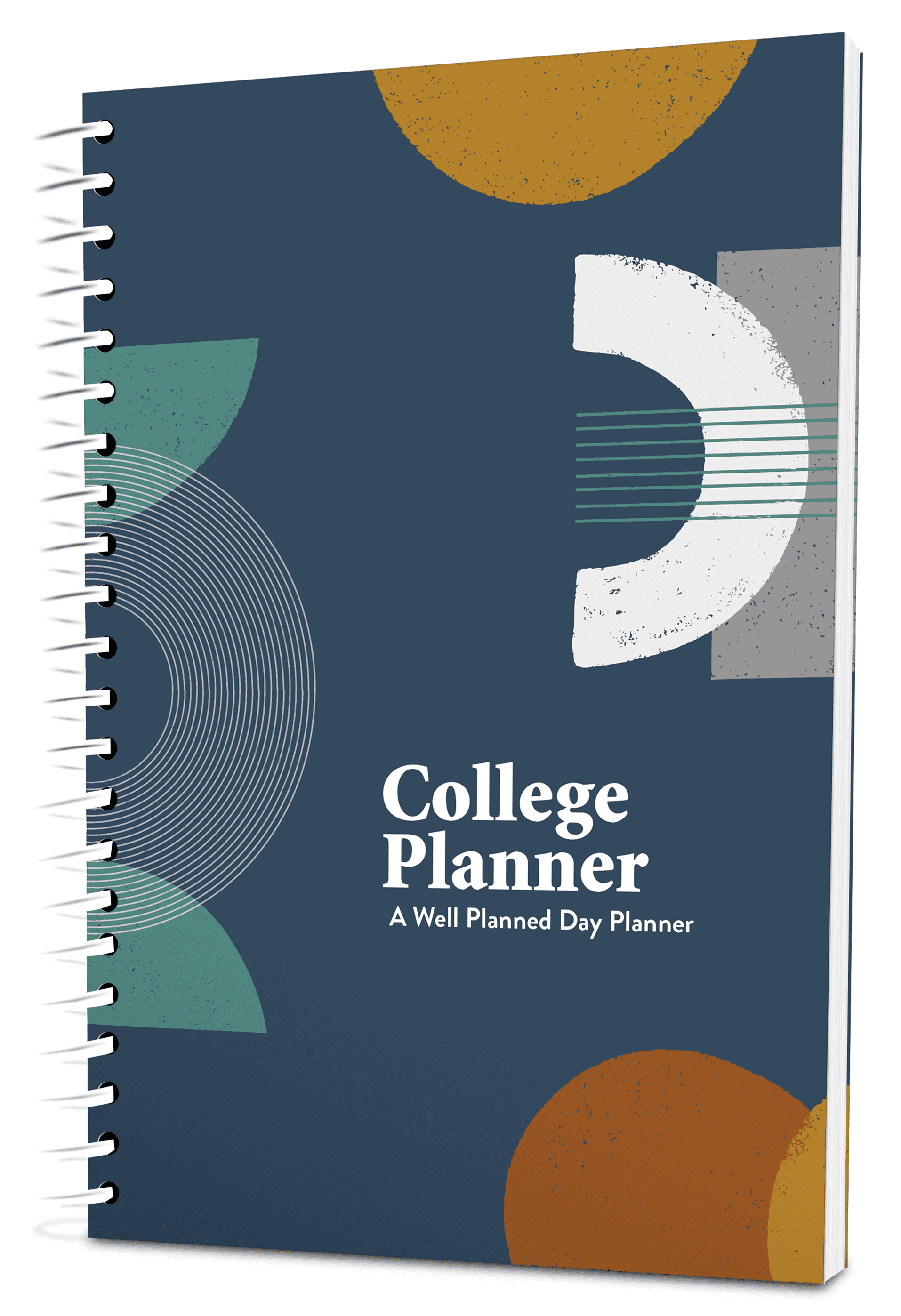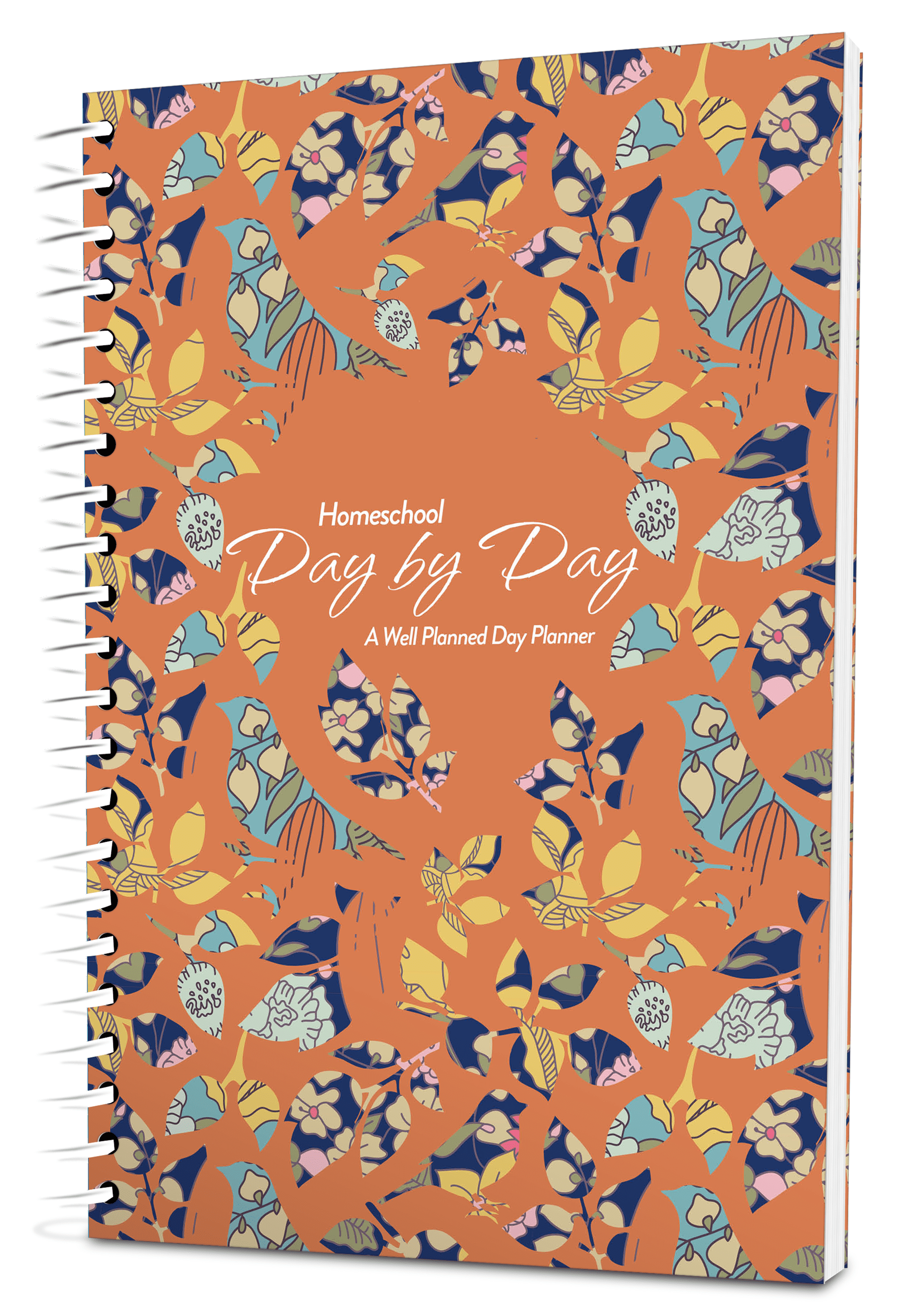Science can be a fascinating subject and is well-suited for hands-on activities and projects. Clay is an indispensable resource for making science more hands-on. It can be used for everything from experiments to models, and studying clay itself is interesting. Here are some great science ideas and projects that you can do with clay.
Earth Model
Materials
clay in red, yellow, orange, brown, blue, and green
Procedure
1. Roll a small ball of red clay to represent the inner core of the earth.
2. Roll out a circle of orange clay. Cover the red ball. This represents the outer core.
3. Repeat this procedure for the yellow mantle, the brown crust, and the blue ocean.
4. Use the green to create the continents, if you like.
5. Cut the ball in half so that you can see each of the earth’s layers. Use a toothpick or paper to label the layers.
Nature Prints
Materials
air-dry clay
items collected on a nature walk, such as leaves,
flowers, pine cones, etc.
Procedure
1. Go on a nature walk and collect a variety of materials to use for making prints.
2. Pick an item from your collection. Roll out the clay until it is a little larger than your nature object.
3. Carefully press your nature object into the clay, making sure to push all of the parts into the clay.
4. Slowly remove the object, leaving the print in the clay. Let the clay print dry.
Thermometer
Materials
tap water
rubbing alcohol
clear, narrow-necked plastic bottle
food coloring
clear plastic drinking straw
modeling clay
Procedure
1. Pour equal parts of water and rubbing alcohol into the plastic bottle until it is about ¼ of the way full.
2. Add food coloring and mix.
3. Put the straw in the bottle, making sure the straw doesn’t touch the bottom.
4. Use the clay to seal the neck of the bottle, keeping the straw in place.
5. Put your hands on the bottle. What happens to the mixture? Try taking the bottle outside.
Clay Boat Water Displacement
Materials
non-drying clay
tub or sink of water
pennies, washers, or other small, weighted objects
Procedure
1. Give your child a small ball of clay. Ask him to use the clay to create a boat that will float.
2. Try floating the clay boat on the water. If it doesn’t float, discuss what might be changed so that it will.
3. If the boat floats, have your child put small items into the boat one at a time until the boat sinks.
4. Try modifying the boat so that it will hold more objects.
5. Use the experiment to discuss water displacement. How does the boat float, even with the weighted objects? Why does making a longer, flatter boat allow it to hold more items?
Toothpick Tower
Materials
clay
round and flat toothpicks
Procedure
1. Give your child some clay and several toothpicks.
2. Ask your child to build a tower using just clay and toothpicks. He is only allowed to use those items, but otherwise the assignment is open. He can use them in any way that he likes.
3. Add some parameters to the assignment. Ask the child to use only so many toothpicks, or to make a tower that is a certain height or that can hold only so much weight.
Volcano
Materials
empty plastic water bottle
cookie sheet
clay
baking soda
vinegar
red food coloring
Procedure
1. Add a couple of tablespoons of baking soda to the water bottle.
2. Use clay to anchor the water bottle to the cookie sheet, then use the clay to create a volcano around the water bottle, making sure to leave the top of the water bottle unobstructed.
3. Put some a cup of vinegar into glass or measuring cup. Add a few drops of red food coloring and stir.
4. Carefully pour the vinegar into the top of the water bottle and watch the volcano erupt!
Other Projects
Dioramas
Use clay to create dioramas. Show habitat scenes, such as rainforests or oceans. Or show the water cycle. Not only will your child be able to show what she has learned, but you can cover art and science at the same time!
Models
Use clay to create models of topics you are studying in science. Creating the models will help your child remember what she has studied. Here are some ideas for science models you can make using clay:
DNA
Human Body Systems
Landforms
Plate Tectonics
Cells















